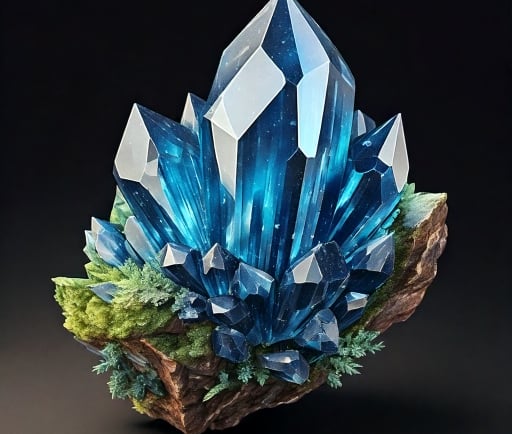Aragonite: The Second Most Common Polymorph of Calcium Carbonate


Introduction to Aragonite
Aragonite is a fascinating mineral that belongs to the calcite family, characterized as the second most common polymorph of calcium carbonate (CaCO₃). Unlike calcite, which is more abundant and exhibits a rhombohedral crystal form, aragonite crystallizes in a different manner, often forming needle-like or prismatic shapes.
Properties and Characteristics of Aragonite
Aragonite's distinctive properties make it a significant study material for mineralogists and geologists. With a higher density than its calcite counterpart, aragonite forms under conditions that are different from those that favor calcite formation. Typically, aragonite is stable in marine environments or at high pressures, contributing to its presence in various biological and geological contexts, especially in the formation of coral reefs and shell structures.
The Role of Aragonite in Nature and Industry
In nature, aragonite serves crucial ecological functions. It is predominant in marine organisms such as mollusks and echinoderms, where it plays a fundamental role in the development of their shells and skeletons. Additionally, aragonite is utilized in various industrial applications, such as agriculture for soil conditioning, as a calcium supplement in animal feed, and even in the construction industry for producing cement and lime. Its unique properties, including higher solubility compared to calcite, make it a valuable resource for numerous applications.
Understanding aragonite, its properties, and its significance helps to better appreciate the complexity of the carbon cycle and its impact on marine ecosystems. This mineral exemplifies the intricate relationships between geological processes and biological systems, highlighting the importance of calcium carbonate polymorphs in our world.
